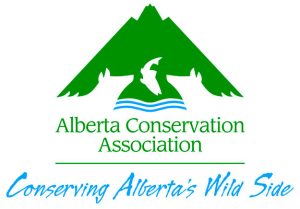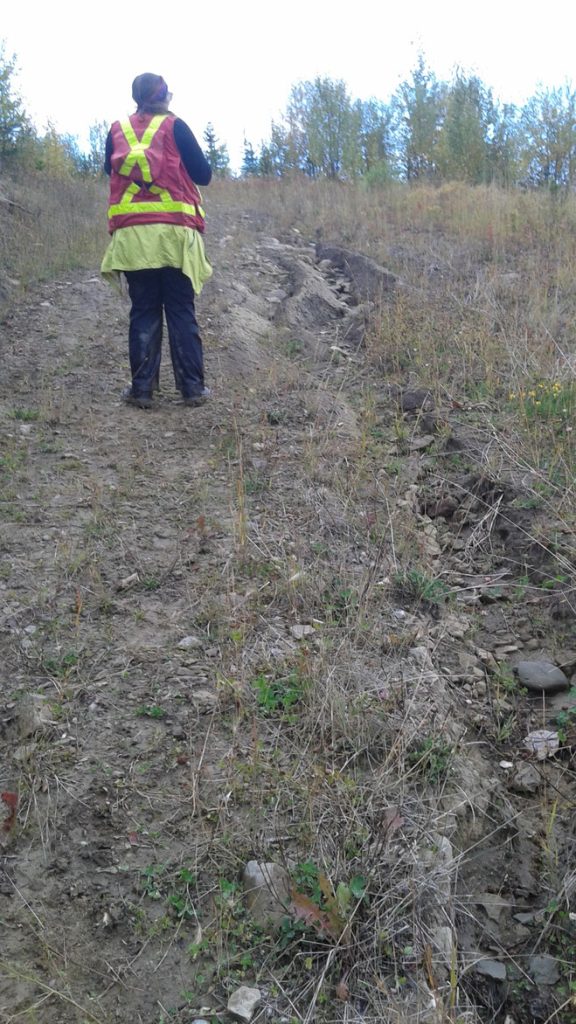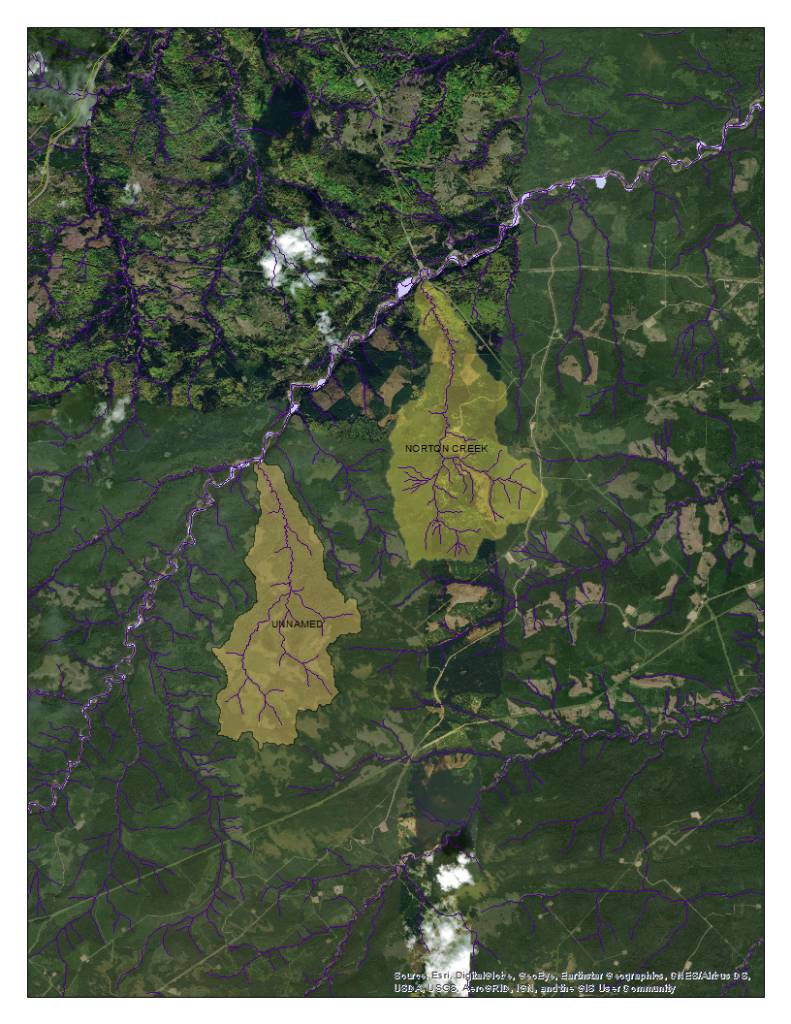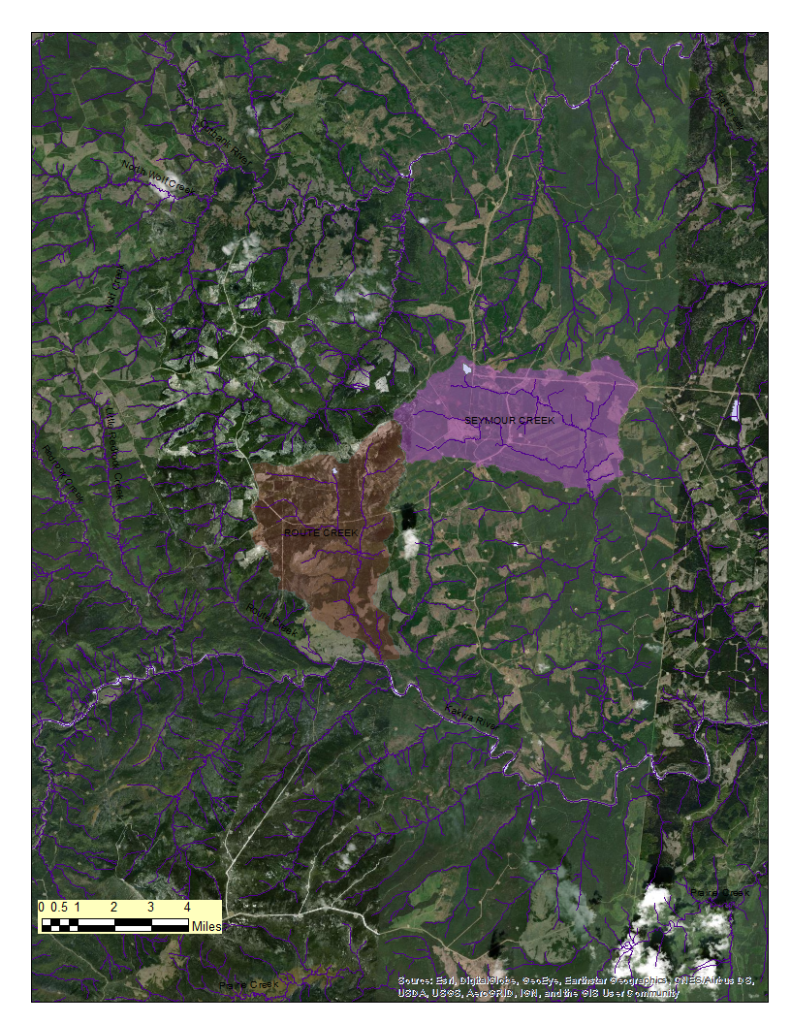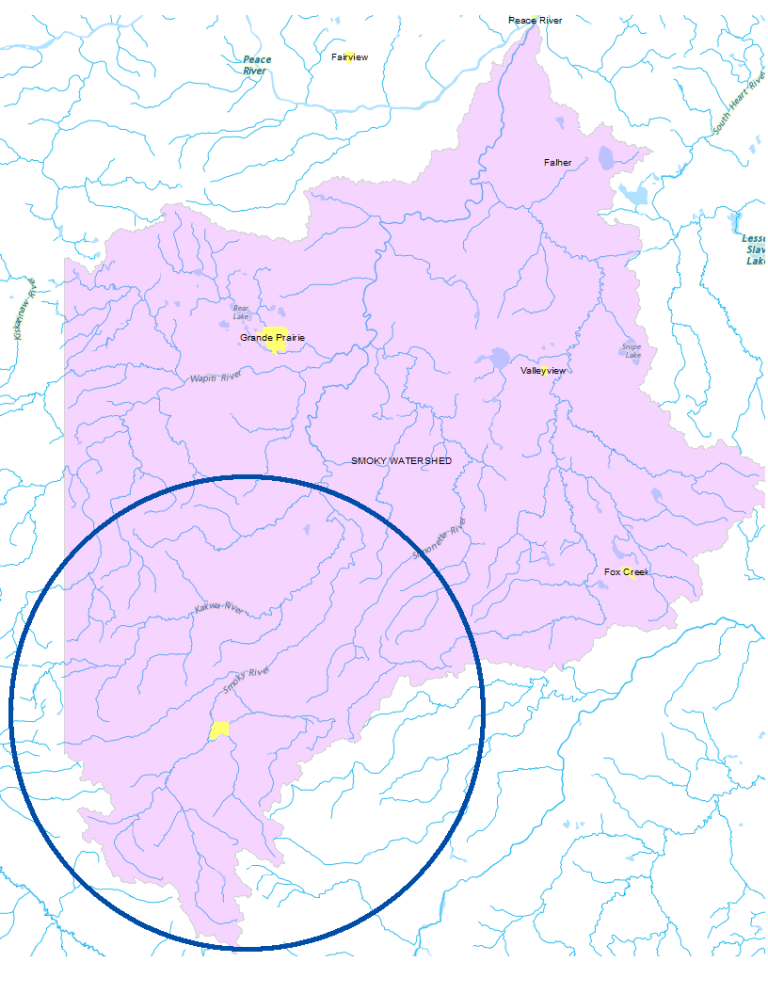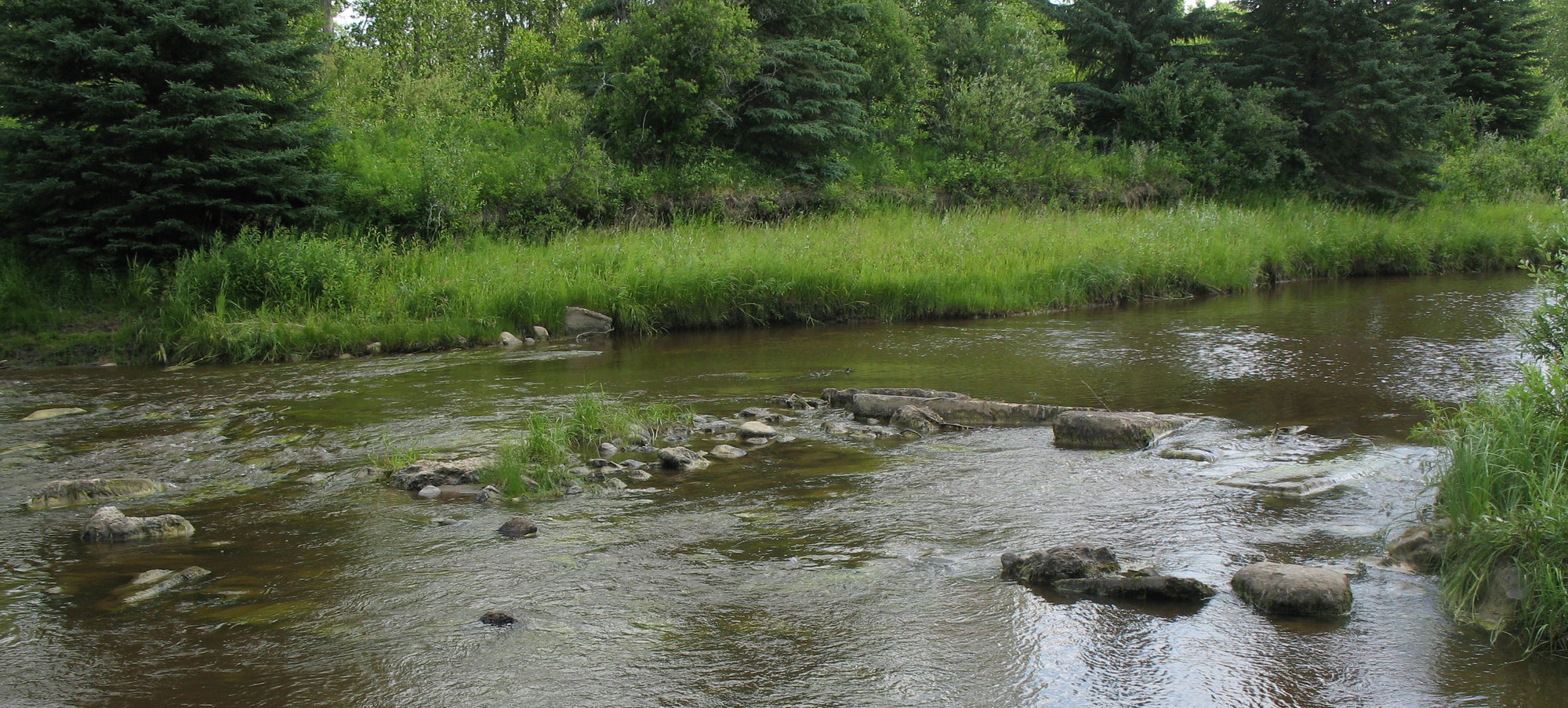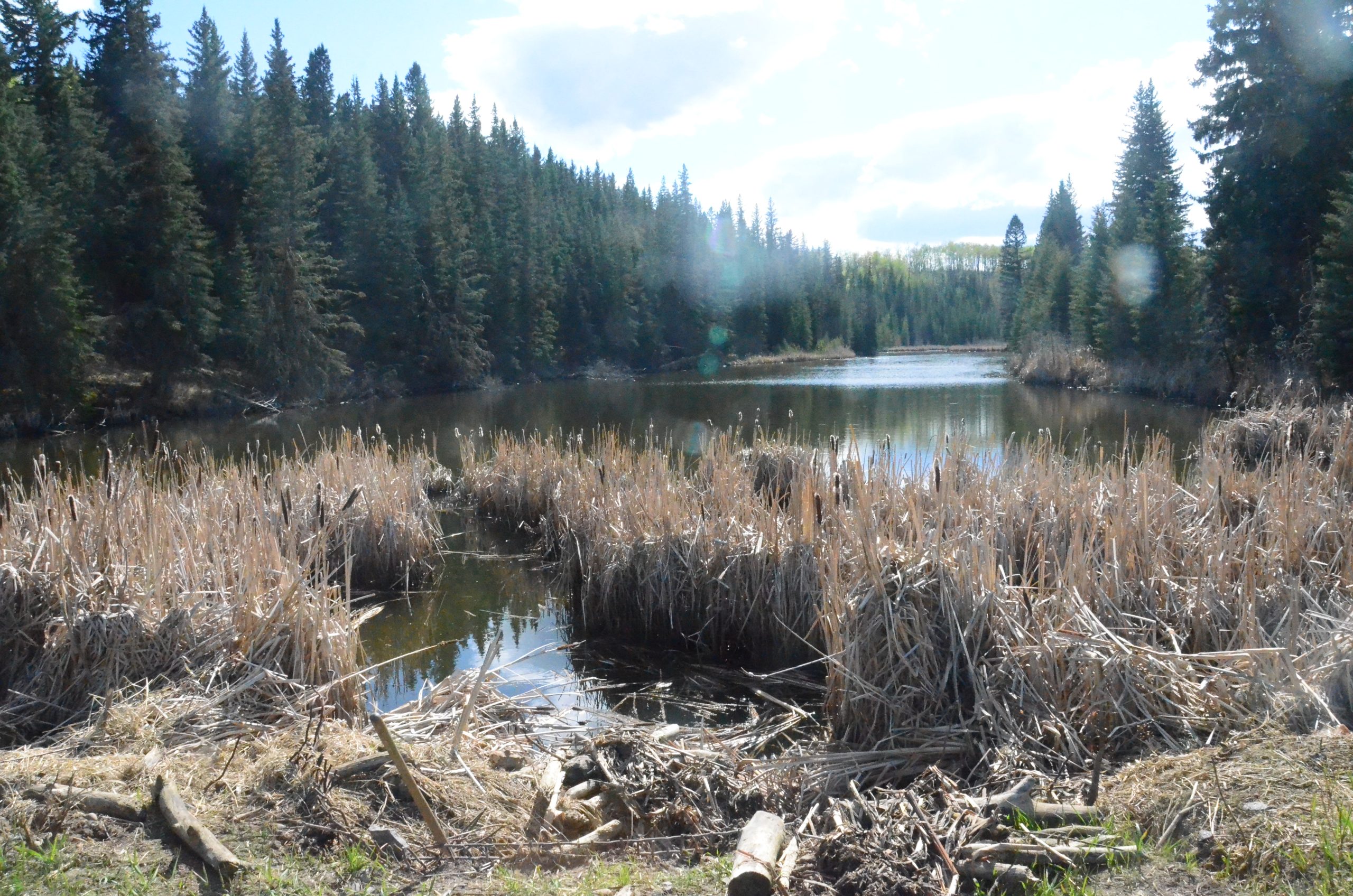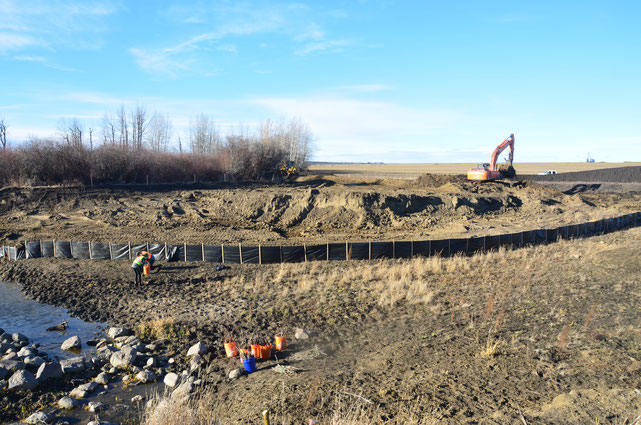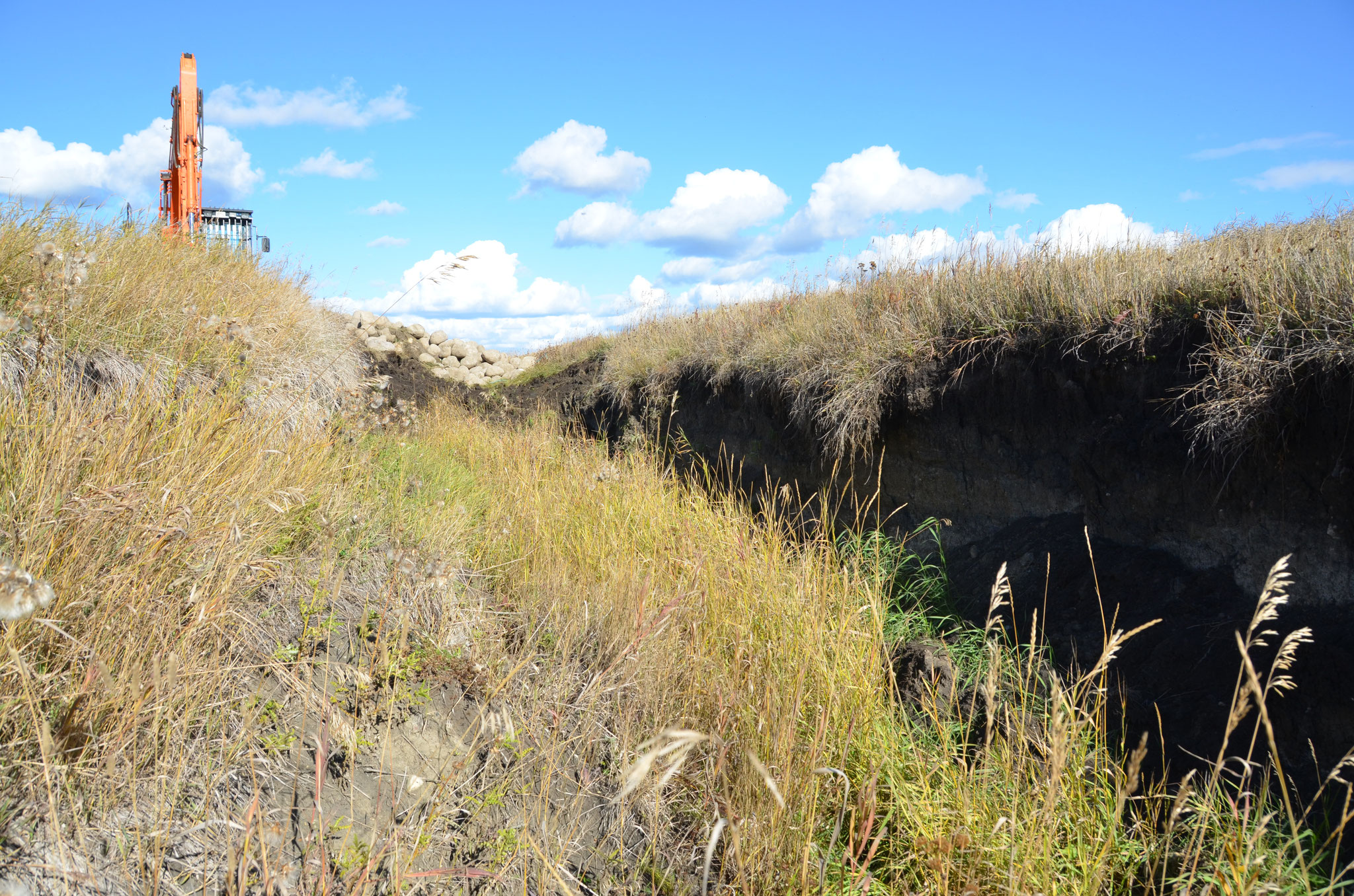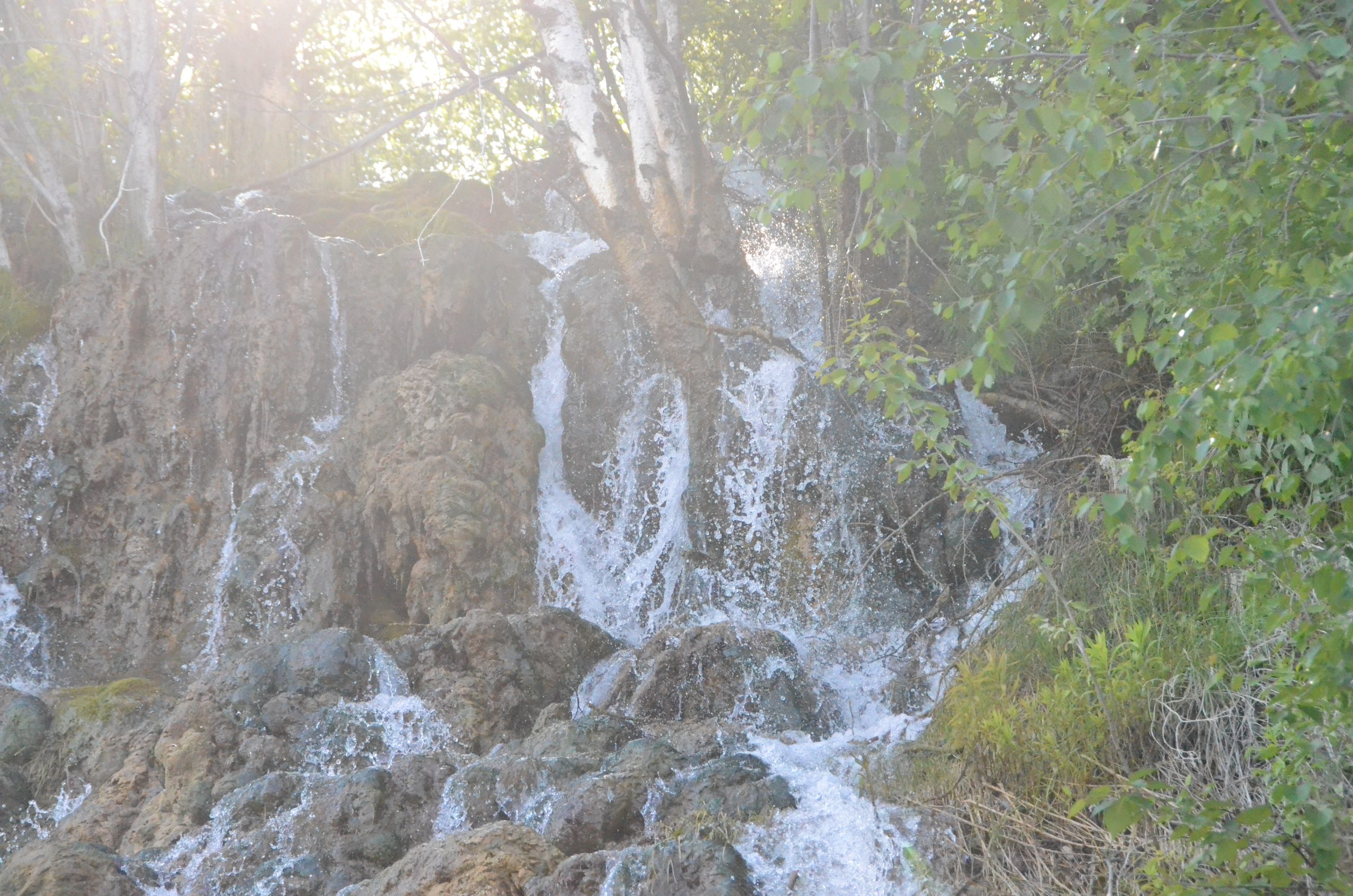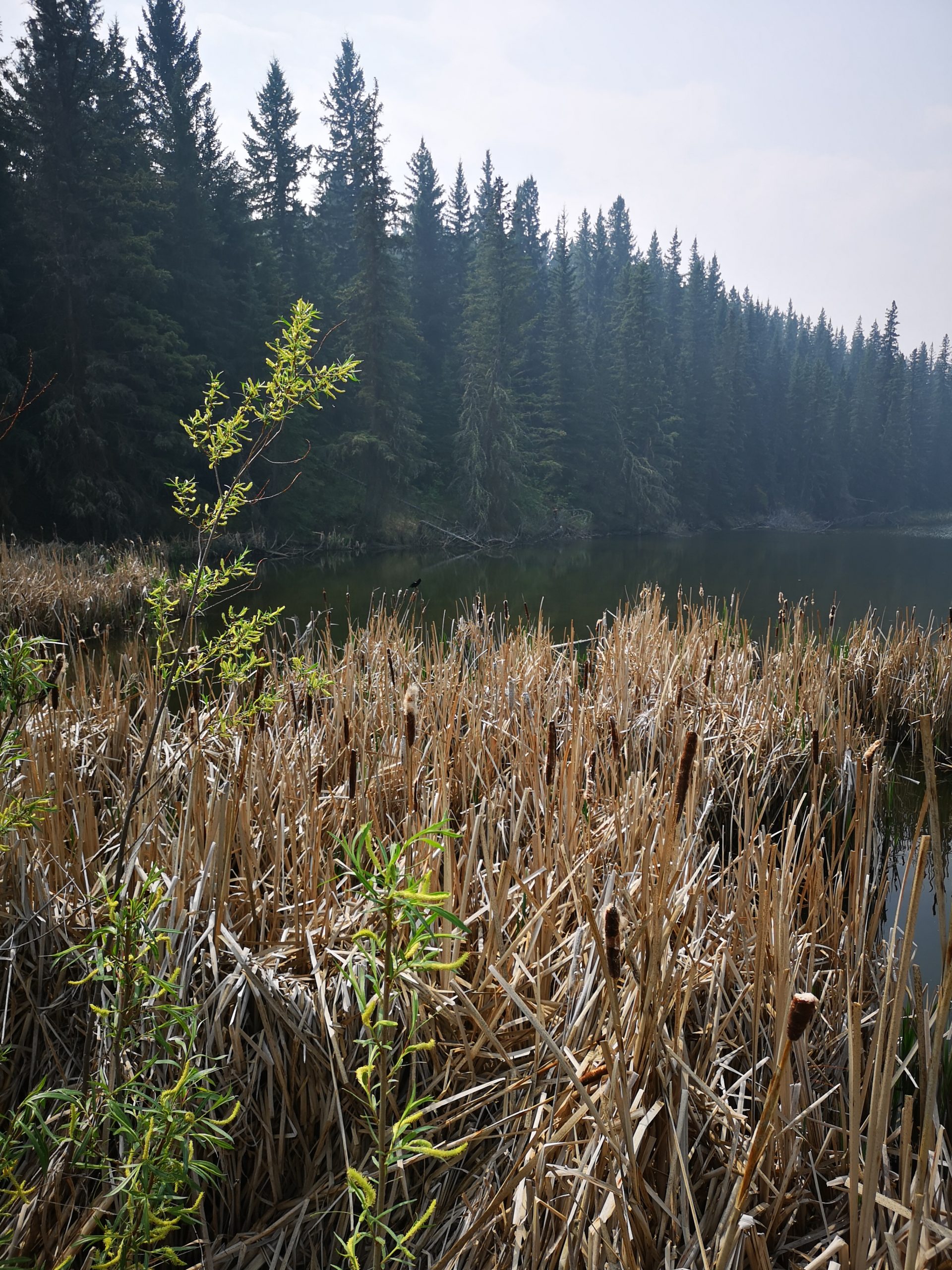Smoky Headwaters Initiative
Smoky Headwaters Initiative
Restoring and enhancing coldwater fish habitat in the Smoky Headwaters by mitigating sediment delivery and enhancing riparian shading.
We are excited to begin a new project in the Smoky Headwaters. Every watershed has a headwaters and the Smoky River’s are in the Grande Cache Vicinity. This initiative is going to look at reducing threats to coldwater fish, think Arctic Grayling (Thymallus arcticus) and Bull Trout (Salvelinus confluentus), habitat. These coldwater species are often at risk.
Cool Waters
Thanks so much to the Spirit River Junior Forest Wardens for planting trees to shade the waters. We spent the day sampling water, talking about fish habitat and Species-at-Risk needs and planting trees.
Planting was focussed on areas where the riparian zone could be enhanced to increase shading. First, some fancy computer modelling was done, followed by checking it out in the field. Finally, trees were planted in the best spots.
Alberta’s Native Trout
Here is a great resource from some great organizations on native trout.
Arctic Grayling is not listed here because they are not a trout per se, but they belong to the greater trout family (Salmonidae).
Paired Watersheds
We have chosen paired watersheds (one pair flows into the Kakwa River and the other pair into the Simonette River) for this project. We will assess all 4 watersheds for water quality and sediment loading. But only two will receive the restoration efforts to reduce sediment loading. This will allows us to measure how effective we are at reducing sediment loading to coldwater fish habitat.
About the Project
Our State of the Watershed identified the Smoky Headwaters as both critical fish habitat, ranked by fisheries because of important spawning habitat, and an area where Arctic Grayling were not as impacted as other places. So we are going to focus on the Smoky headwaters for this important work of restoring coldwater (species at risk) fish habitat.
Thank you to our funders!
Thanks to the Department of Fisheries and Oceans Canada for provided funding towards this project through the Habitat Stewardship Program for Aquatic Species at Risk.
Thanks to Alberta Conservation Association for providing funding through their Conservation, Community and Education Grants.
